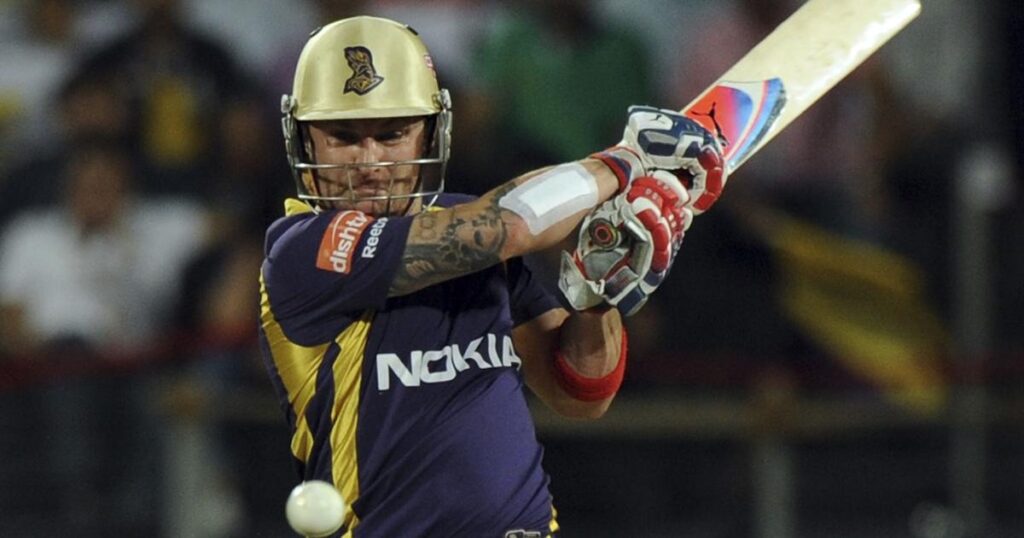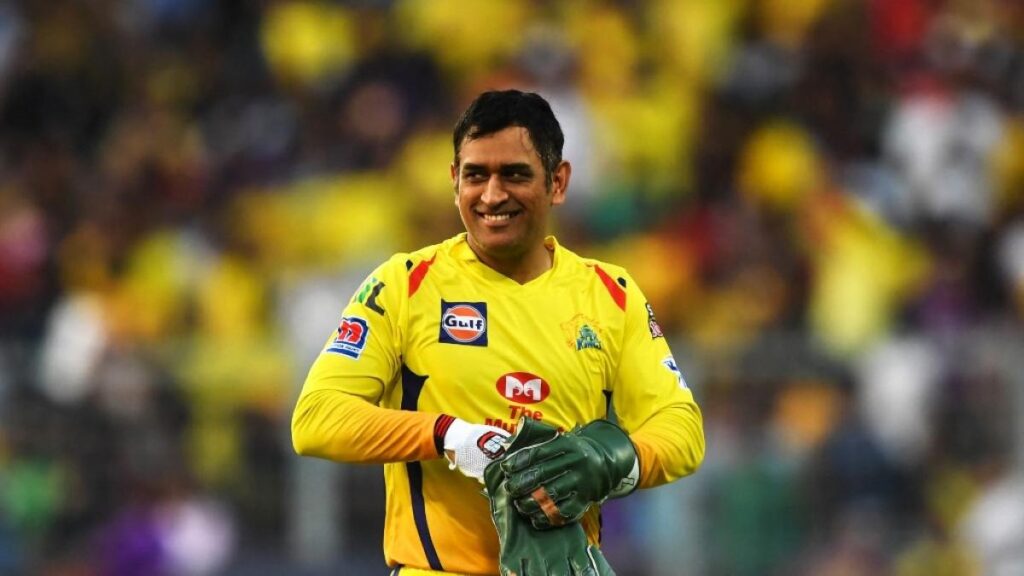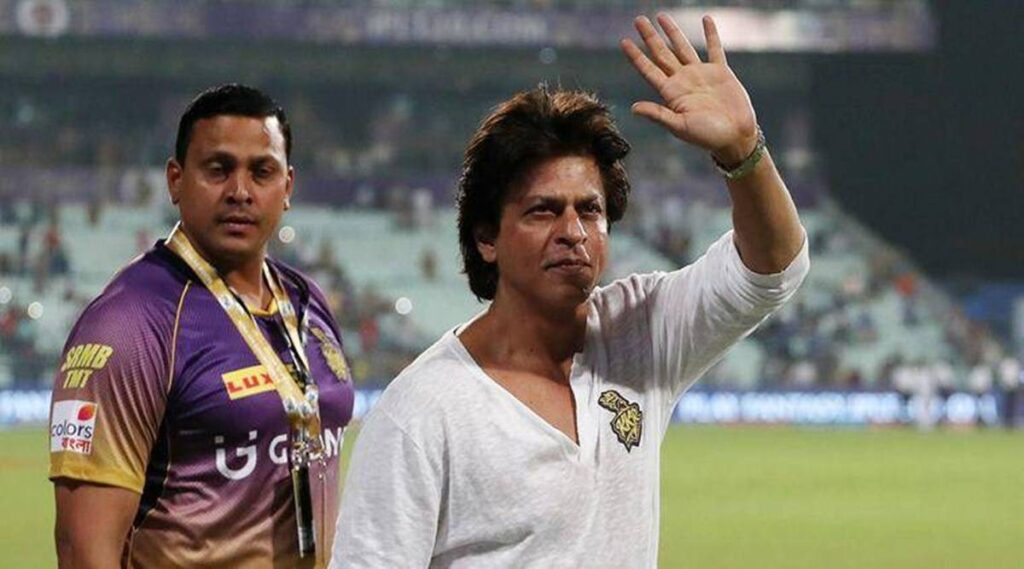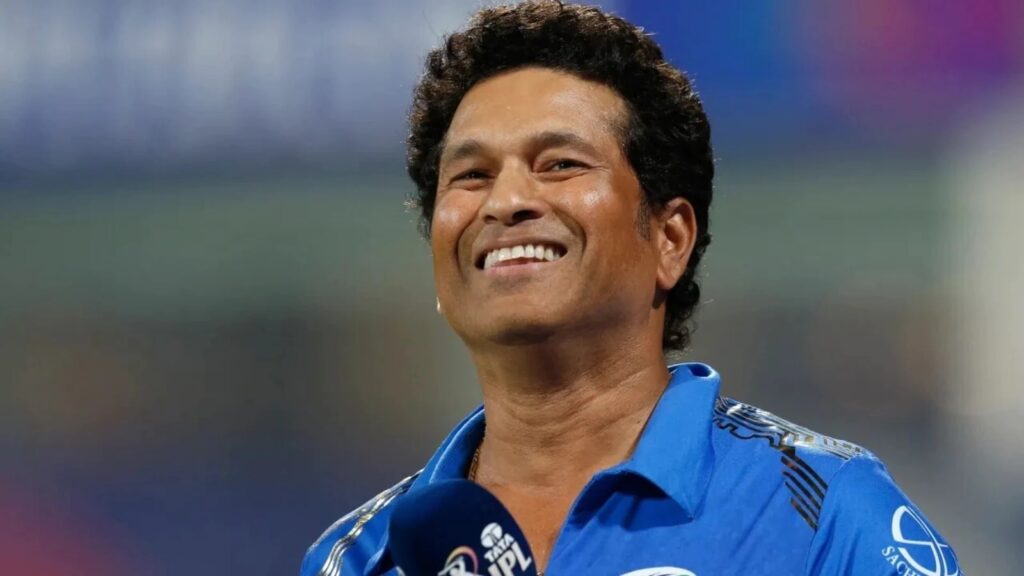
The IPL’s Magnificent Seven
The Indian Premier League is now an integral part of Indian life, not just its sporting fabric. The summer months mean the caravan setting off and traversing every part of the country. The cast, on and off the field, may have changed since 2008, but its impact on the country is unchanged. In the months of April and May, evenings tend to revolve around the spectacle that now involves ten teams. Office chit-chat and watering-hole conversations centre on fantasy XIs, celeb-spotting and highlights reels. We’ve come a long way since 2008. Here, Revsportz looks back at seven individuals who played massive roles in making the IPL the behemoth that it is today.
Lalit Modi
His critics will undoubtedly point to the suites in several luxury hotels, the Gulfstream jet and the now-infamous after-parties. But what can’t be denied is just how ubiquitous Modi was for the first three seasons. Barely a match went by without his crease-free linen suit, usually beige or cream, on the sidelines. He hobnobbed with celebrities, board officials, and team owners and was usually around when post-match awards were handed out. He also never tired of telling us that the IPL would be the biggest show on turf. These years later, it turns out he was probably right.
Brendon McCullum
For all the pre-tournament hype, very few knew what to expect on April 18, 2008. It was all very well to have a laser show and pre-match entertainment, but would the on-field action capture the imagination of millions of fans? One man ensured that it would. McCullum was no household name then, certainly not in a Kolkata Knight Riders line-up that also had Sourav Ganguly and Ricky Ponting in the top three. But on a night when his teammates managed 47 runs from 47 balls, McCullum – who didn’t even score off the first five balls he faced – smashed 10 fours and an incredible 13 sixes. After a relatively sedate 32-ball 50, he needed just 21 more deliveries to get to his hundred, and a further 17 to pass 150. In response, only one Royal Challengers Bangalore player reached double figures. Bazball was born, and the IPL never looked back.

Shane Warne
For the IPL to truly work, it needed buy-in from the greatest players of the era. Warne had quit international cricket in January 2007, taking a wicket with his last ball at the SCG, and there were some doubts when Rajasthan Royals spent $450,000 at the first auction and made him captain of a side that seemed to lack both quality and depth. As it turned out, it was one of the best investments in the league’s history. Warne’s personality and charisma lit up the league and inspired his team. Fringe players became stars, unknowns came to the forefront, and the Royals stormed to the title after winning 11 of 14 in the league phase. Off the field, Warne walked up the league and his players at every opportunity. Few from the world of cricket are so sorely missed.
MS Dhoni
The logical move might have been for Dhoni to go to Kolkata, where he had played club cricket in his formative years, or to Punjab, closer to his famiy’s roots. Instead, he landed up 1200km to the south of Ranchi, in Chennai, where he had made his Test debut just over two years earlier. That this unlikeliest of marriages is still going strong is one of the league’s great stories. Save for two seasons when the Super Kings were banned, Dhoni has been an ever-present. Despite last playing international cricket in 2019, he led his men in yellow to a fourth title in 2021. For the fans, he is now just Thala [Leader in Tamil]. When he does eventually call it a day, you can be sure he’ll be part of the franchise’s plans in some other way.

Shah Rukh Khan
For cricket traditionalists, it was a source of acute irritation that you’d see more No.12 shirts in the stands at Eden Gardens than Ganguly’s No.1 jersey. It irked them that a team owner could command such a following, playing his squad almost secondary. For the first few seasons, Shah Rukh Khan was nearly as visible as Modi. He and his entourage would be at almost every KKR game, and he never failed to acknowledge the adoration that came his way from the fans. What the purists perhaps didn’t understand, or appreciate, was the manner in which he helped bring a non-cricketing audience to the stadiums. Even today, the demographic at an IPL game is very different from what you see for an Indian match. The celebrity stardust he sprinkled played a huge part in capacity crowds, record TV ratings and a huge profile for the tournament around the world.

Sachin Tendulkar
For a generation of Indian cricket fans, Tendulkar was so much more than a cricketer. He had been one of those senior players who gave the first T20 World Cup a miss, watching from afar as Dhoni and a young side won the trophy. Had he been lukewarm about the IPL or not taken it seriously, it could well have impacted both its growth and popularity. But ever the perfectionist, Tendulkar overcame the disappointment of two underwhelming seasons to finish top scorer in the competition in 2010, when Mumbai Indians reached the final. Even today, nearly a decade after he retired, you can’t go to a Mumbai game without running into a sea of No.10 jerseys.

Chris Gayle
In the summer of 2011, Chris Gayle wasn’t Universe Boss, or anywhere close to it. He had fallen out with the West Indies selectors, and didn’t even have an IPL contract, after an underwhelming stint with KKR. An injury to Dirk Nannes, the Australian pace bowler, threw him a lifeline. And once called up by Bangalore as a replacement, Gayle set about restoring his reputation with a vengeance. Between 2011 and 2013, Gayle clubbed four centuries and 14 50s, while scoring at a strike-rate well in excess of 160. That included a record score of 175 against Pune in 2013, during the course of which he brought up the fastest century in T20 history (30 balls). To this day, no one has scored more IPL centuries (6) or hit more sixes (357). What’s more, he did it while being more laid-back than a recliner. Not to mention impossibly cool.



